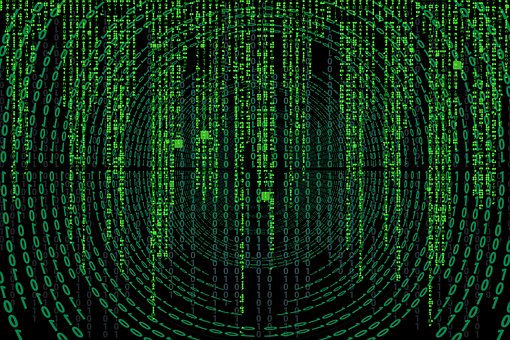
Observability: How AI will enhance the world of monitoring and management
The more the enterprise transitions from a mere digital organization to a fully intelligent one, the more data executives will come to realize that traditional monitoring and management of complex systems and processes is not enough.
What’s needed is a new, more expansive form of oversight – which lately has come to be known as “data observability.”
The what and the why of observability
The distinction between observability and monitoring is subtle but significant. As VentureBeat writer John Paul Titlow explained in a recent piece, monitoring allows technicians to view past and current data environments according to predefined metrics or logs. Observability, on the other hand, provides insight into why systems are changing over time, and may detect conditions that have not previously been considered. In short, monitoring tells you what is happening, while observability tells you why it’s happening.

Automation on steroids
Over the next few years, it is reasonable to expect AI and observability to usher in a new era of “hyperautomation”, according to Douglas Toombs, Gartner’s vice president of research. In an interview with RT Insights, he noted that a fully realized AIOps environment is key to Gartner’s long-predicted “Just-in-Time Infrastructure” in which datacenter, colocation, edge, and other resources can be compiled in response to business needs within a cohesive but broadly distributed data ecosystem.
In a way, observability is AI transforming the parameters of monitoring and management in the same way it changes other aspects of the digital enterprise — by making it more inclusive, more intuitive and more self-operational. Whether the task is charting consumer trends, predicting the weather or overseeing the flow of data, AI’s job is to provide granular insight into complex systems and chart courses of action based on those analyses, some of which it can implement on its own and some that must be approved by an administrator.
Observability, then, is yet another way in which AI will take on the mundane tasks that humans do today, creating not just a faster and more responsive data environment, but one that is far more attuned to the real environments it is attempting to interpret digitally.
© 2022 LeackStat.com
